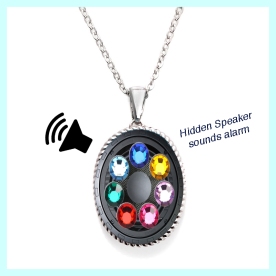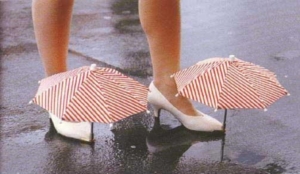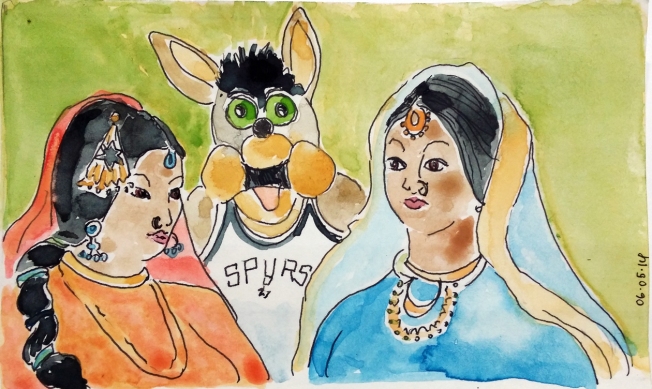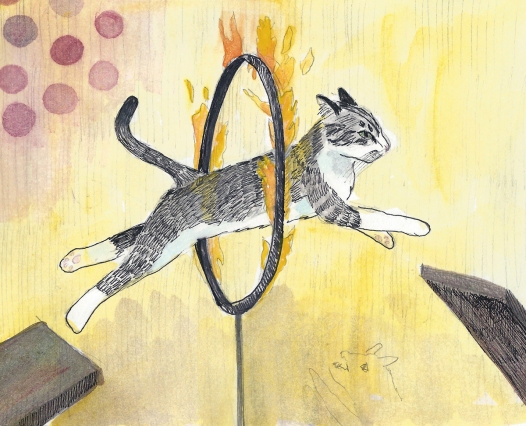
Here’s a piece I designed as part of the Crash Course on Creativity. It’s a flashy piece of bling that sounds an alarm when it’s wearer uses incorrect grammar.
I encounter the strategy of juxtaposition in almost every resource on creativity. Roger vonOech includes it in his Creative Whack Pack, as does Tina Seelig in her book inGenius: A Crash Course in Creativity. (Here is a TEDx talk where Tina Seelig talks about the 6 characteristics of a creative person. Definitely worth the watch.)
As an aside, I enrolled in a MOOC (massive open online course) a couple of years ago taught by Seelig called, A Crash Course in Creativity, offered through Stanford University. It was a free, six-week class that explores strategies similar to those I’ve been writing about. Anyway…
Juxtaposition asks you to compare things in order to extrapolate a meaning. When trying to develop or push an idea, it’s often worthwhile to force comparisons of things that may be dissimilar. The resulting vibration of oddness can pique the imagination into looking for solutions that may not been evident to you before.
Take Chindogu, the Japanese art of unuseless inventions as an example. By “unuseless” it has to appear as if it would be a great idea, but isn’t really practical. In fact, if you’ve made something truly utilitarian, then, according to the tenets of Chindogu, it’s not a Chindogu. Think of little umbrellas for your shoes, or a motorized work desk so you never have to stop working.
I’m not suggesting that everyone go around making absurd or unusable work, but rather, how does the introduction of new or unexpected information enable you to explore the problem in a new way? How can the compare-and-contrast of juxtaposition help you to expand your idea’s usefulness, context, scope, appearance, or unique qualities?



